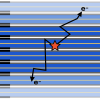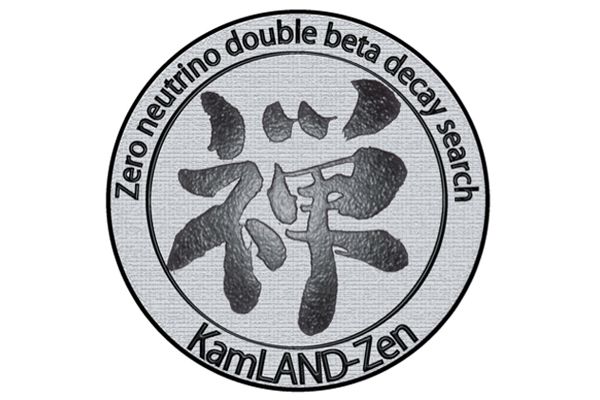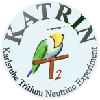The experimental neutrino physics group at CENPA is involved in experiments to both understand the nature and properties of the neutrino and to use neutrinos as a probe of the earth, sun, supernovae, and other astrophysical phenomena.
Neutrinoless Double-Beta Decay |
|||
 |
The LEGEND collaboration is developing the largest 76Ge neutrinoless double-beta decay experiment in history. Its design sensitivity is two orders of magnitude greater than its predecessors, and aims to fully probe the Majorana nature of the neutrinos for the inverted neutrino mass ordering. |
||
 |
The MAJORANA DEMONSTRATOR performed a search for the neutrinoless double-beta decay of 76Ge using ~40 kg of enriched HPGe detectors deployed in a vacuum cryostat surrounded by passive and active shielding. Pioneering techniques in ultra-low background materials and high-performance electronics, the DEMONSTRATOR achieved the best energy resolution and the second lowest background index for large-scale neutrinoless double-beta decay experiments to date. The detector has been reconfigured to perform the most sensitive search to date for the decay of 180mTa. CENPA PIs: Detwiler |
||
 |
Selena aims to demonstrate CCD technology for neutrinloess double-beta decay searches with 82Se capable of probing the bulk of the parameter space associated with the normal neutrino mass ordering. CENPA PIs: Chavarria |
||
 |
The Kamioka Liquid-scintillator Anti-Neutrino Detector (KamLAND) made seminal measurements in neutrino oscillation and made the first detection of geological neutrinos. KamLAND-Zen is a deployment of 136Xe-loaded scintillator at the center of the KamLAND detector that has produced world leading limits on neutrinoless double-beta decay. |
||
Neutrino Mass Measurement |
|||
 |
The KATRIN experiment is designed to measure the mass of the electron neutrino directly with a sensitivity of 0.2 eV. It is a next generation tritium beta-decay experiment scaling up the size and precision of previous experiments by an order of magnitude as well as the intensity of the tritium beta source. |
||
 |
The Project 8 experiment observes tritium beta decay to measure neutrino mass using a new technique they've pioneered, Cyclotron Radiation Emission Spectroscopy (CRES). This high-precision, low-background technique has the potential to surmount the systematic and statistical limitations of current-generation direct measurement methods. |
||
Neutrino Scattering |
|||
 |
COHERENT The COHERENT collaboration measures CEvNS (Coherent Elastic Neutrino-Nucleus Scattering) using the high-quality pion-decay-at-rest neutrino source at the Spallation Neutron Source in Oak Ridge, Tennessee. CENPA PIs: Detwiler |
||
Past Projects |
|||
 |
The SNO experiment completed data taking in 2006. We measured that the total flux of neutrinos from the sun matched theoretical predictions, and that apparent deficit in previous experiments was due to neutrino oscillations. By measuring the flux of electron neutrinos from the sun, we also precisely determined the neutrino oscillation parameters. Art McDonal of Queen's University was awarded the 2015 Nobel Prize in Physics for the SNO measurement. |
||
 |
The Tritium Recoil-Ion Mass Spectrometer experiment measured the molecular tritium beta decay branching ratio to the bound molecular ion 3HeT+. |
||
|
The HALO experiment is designed to detect galactic core-collapse supernovas using a Pb-based neutrino detector. Such supernovae are expected to occur approximately three times per century with the first and last detection of a nearby supernova occurring in 1987. The next observation with new and larger detectors will provide a wealth of data for both particle physicists and astrophysicists. (link: http://www.snolab.ca/halo/index.html) |
|||

